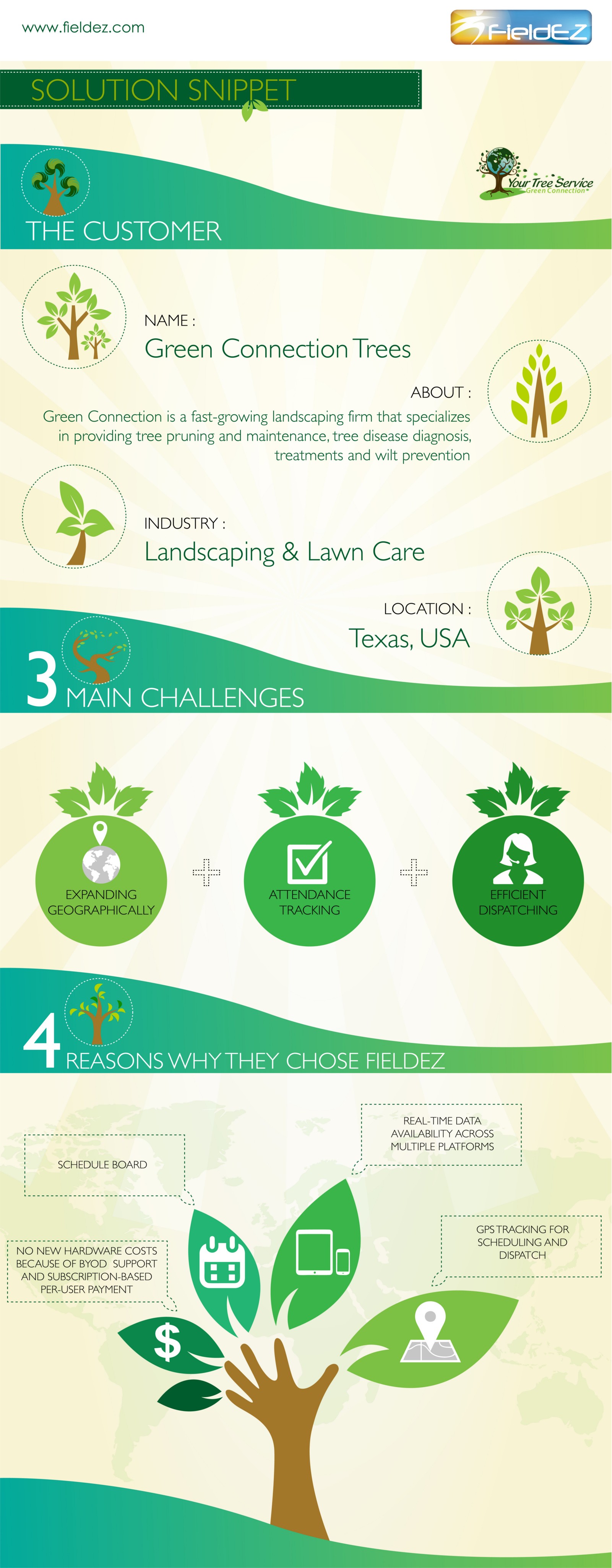Establishing The Correct Time For Tree Removal - An Overview For Homeowners
Establishing The Correct Time For Tree Removal - An Overview For Homeowners
Blog Article
Content Writer-Rollins Conway
Trees include elegance and worth to residential or commercial property, yet they can likewise present a threat during severe weather condition events. If a tree has actually stopped growing, is displaying visible fungal growth, or has a leaning trunk, it ought to be eliminated by an expert to prevent residential property damage and injury.
For more information, participate in a homeowner resource reasonable co-hosted by HPD, the Facility for NYC Neighborhoods, and Brooklyn-based housing partners this night in Bedford-Stuyvesant. The occasion will certainly include the Homeowner Handbook, a brand-new overview to aid homeowners browse the obligations of having a home.
1. Dead or Dying Branches
Trees are an integral part of your home's landscape, providing color and charm. They likewise give sanctuary for wildlife and produce oxygen, yet even healthy and balanced trees can experience illness that might demand their elimination. Dead or dying trees aren't simply unattractive, they can be dangerous. Their branches could fall during a storm, resulting in costly property damage and injuries.
When a tree's branches start to die, it implies that its framework is beginning to break down. If how to prune a kowhai tree of its branches are dead, it is likely time to remove it.
Try to find an absence of new growth, bark peeling, open wounds or cavities, fungis expanding on the trunk or origins and a basic look of degeneration in the whole cover. These indications of infection can show a significant trouble that will require specialist tree services to settle.
2. Leaning Trunk
While it's normal for trees to lean periodically as a result of phototropism, if a tree has a harmful or severe lean that's not due to natural processes - it could be a sign that the tree needs to be gotten rid of. If the tree is favoring a high-voltage line, home, vehicle, play structure or any other area that could be hazardous to individuals if it drops, after that calling an expert tree service for removal need to be a leading concern.
It's likewise important to expect any sudden changes in a tree's leaning as it can suggest damages to the origins or trunk that might result in dropping. This is particularly real during stormy weather, given that high winds and rain-soaked dirt can trigger a lean to change promptly. Routine tracking, specifically throughout and after storms can aid home owners recognize possible problems with their trees so they can call an arborist for an extensive examination.
3. Bug Invasion
Some pest infestations, such as wood-boring pests like emerald ash borer or sap-suckers like scale bugs, are so extreme that they can trigger a tree to pass away. The best method to stop pest problem is to check your trees often. Try to find areas, openings, or discolorations in the leaves and bark. Take a look at the trunk for splits and signs of insect damages, such as passages or tracks.
If a tree comes to be as well infested with pests, or is close to a home or power lines, an arborist may suggest removal. If https://louissmgbu.webbuzzfeed.com/29870077/efficient-tips-for-a-seamless-tree-elimination-experience leaning tree develops a new, unstable lean, an arborist will likely advise elimination too to ensure the safety of individuals and residential or commercial property. If a damaged or dead tree constantly loses extreme branches, it is an indicator that it is time to eliminate the tree. If a tree continues to lose branches for an extensive time period, it might cause architectural problems and prospective residential or commercial property damage.
4. https://www.bobvila.com/articles/best-loppers/ are a lovely and important part of our landscape, yet they do call for regular like keep them healthy and balanced and secure. If a tree is damaged beyond repair it is likely time for it ahead down.
Search for signs of damage to the trunk, including upright fractures, seams, dead branch stubs, noticeable injuries or open dental caries and serious tree-rot. The existence of fungis at the base of the trunk is another warning sign. Fungis may show that the phloem and xylem (life-support tissues) are compromised, allowing for the spread of condition or a future failure.
Likewise, take into consideration whether the tree has stopped growing. Healthy and balanced trees will have brand-new development yearly, which might show up as buds or branches growing and expanding. If you do not see any type of brand-new development, it's a good idea to have an arborist review the tree and follow their recommendation for elimination. A passing away or damaged tree can fall and create building damage.